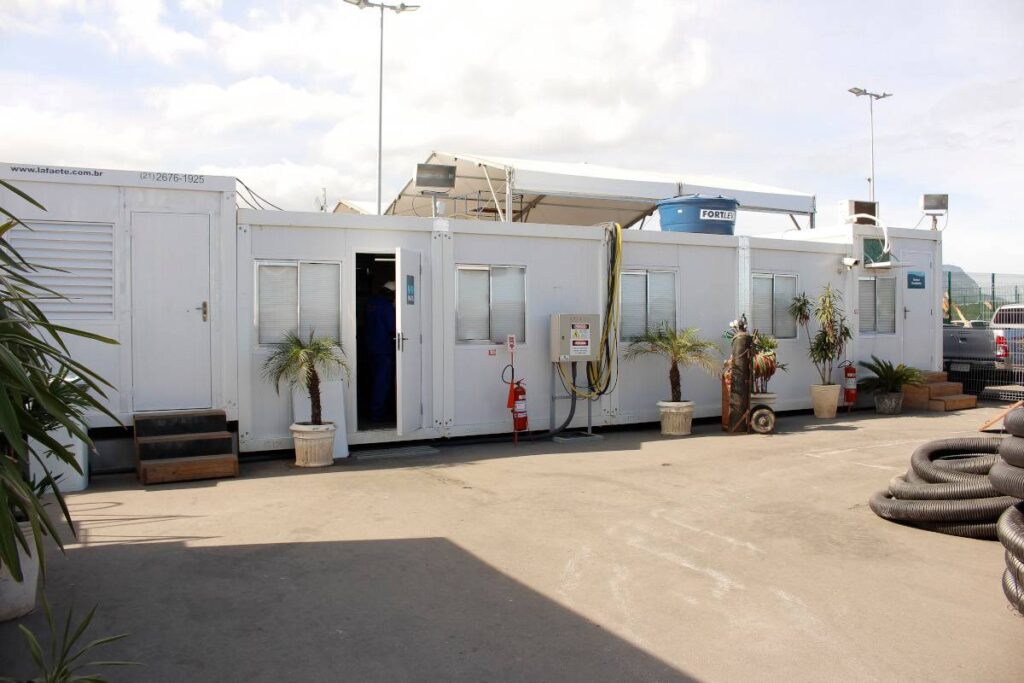In the world of modular construction, the terms “housing modules” and “containers” are often confused, but there are important differences between them. Both offer fast, economical and sustainable solutions for different types of projects, but their functionalities, features and applications vary greatly. In this article, we will explore these differences and help you understand which is the best option for your needs.
What are containers?
Maritime containers, made of steel and aluminum, are robust structures that stand out for their quality, strength and durability. Initially designed for the transportation of goods, these containers have an impressive lifespan of around one hundred years outside the nautical market, which makes them extremely versatile in various sectors.
Thanks to their resistance to adverse conditions and ability to withstand heavy loads, they are widely used as warehouses and temporary or permanent storage solutions.
And what is the definition of housing modules?
Unlike containers, housing modules have a more flexible and refined structure in their assembly. In the version of the modules covered with thermoacoustic insulating panels, their raw material comes from recycled plastic, an additional point in the ecological factor.
The housing module, whether in its metal version or in its version covered with insulating panels, is a multifunctional, versatile and extremely customizable option. Its main advantage is the flexibility and comfort it offers, in addition to the speed of installation.
The difference between housing modules and containers
While both can be used for similar purposes, the main difference between housing modules and shipping containers is in the conception and in original purposel. Containers were initially created to transport cargo and, therefore, have limitations in terms of thermal and acoustic comfort. Housing modules, on the other hand, are designed from the outset to offer comfortable and suitable environments for people, with better insulation and finishes that are more suitable for human use.
Another important difference is the flexibility of customization. Housing modules are manufactured to meet the specific needs of each project, with greater possibility of adapting layout and finishes. On the other hand, containers have fixed dimensions, which can limit their adaptation for certain purposes.
Applications
Containers and housing modules can have a variety of applications. Containers are often used in temporary projects, such as warehouses or transport units that can be adapted for other purposes. They are quick and cost-effective solutions for specific, short-term needs.
In the case of housing modules, their use is more focused on projects that require more comfort and customization, such as:
- Offices;
- Health units;
- Schools;
- Accommodation under construction;
- Industrial kitchens;
- Franchises;
- Bathrooms;
- Changing rooms;
- Laundries.
Bathroom in housing module
Because they are manufactured for human use from the beginning, they provide environments that are more suitable for long periods, with more pleasant working and living conditions.
At Lafaete, you can find both containers and housing modules for rent. Our solutions are developed for various sectors, such as construction, events, health, education, among others. Whether for temporary or permanent use, we guarantee versatile and quality structures that provide efficiency, practicality and safety. Contact us and find out how we can help bring more efficiency and comfort to your project!


